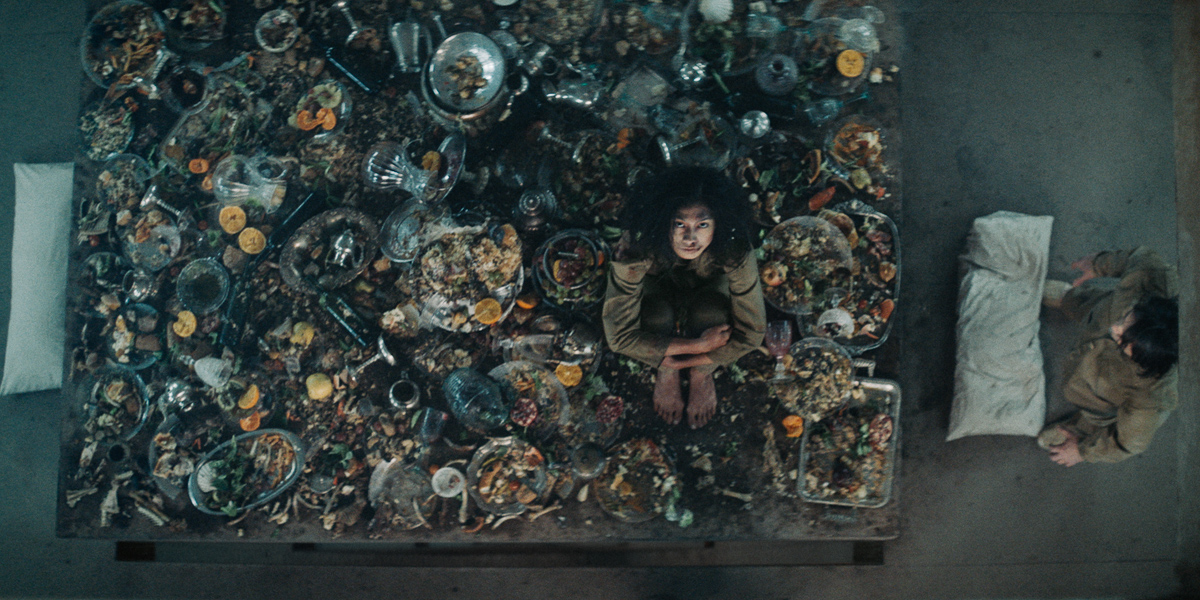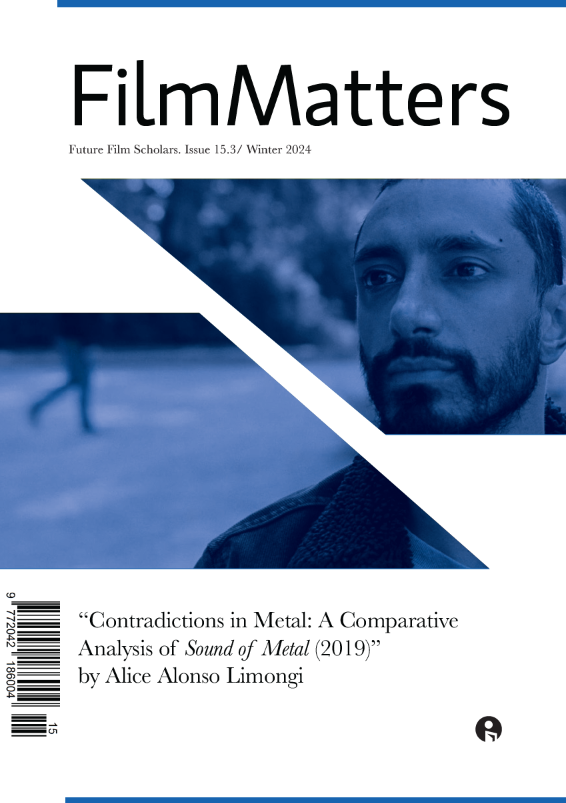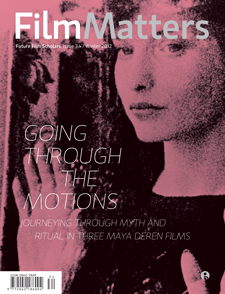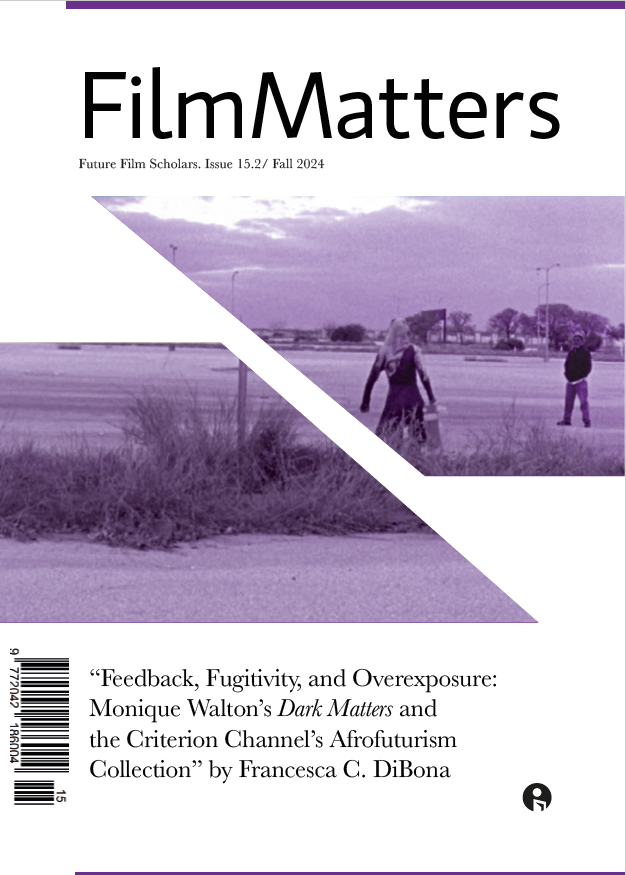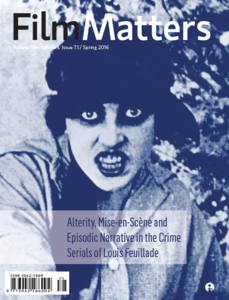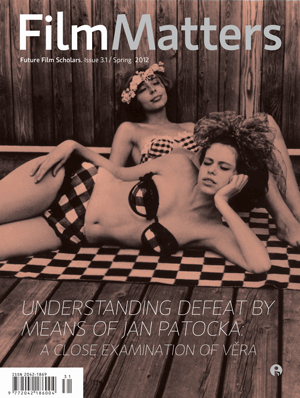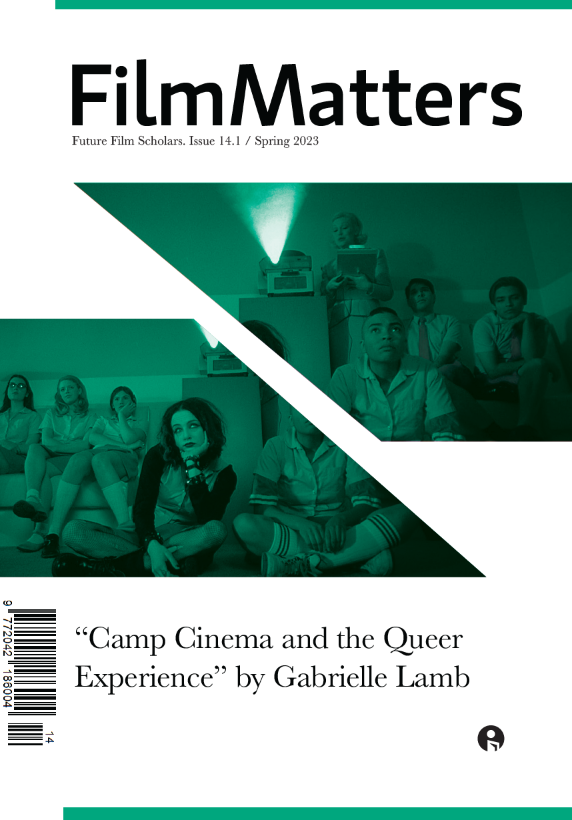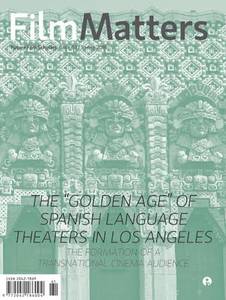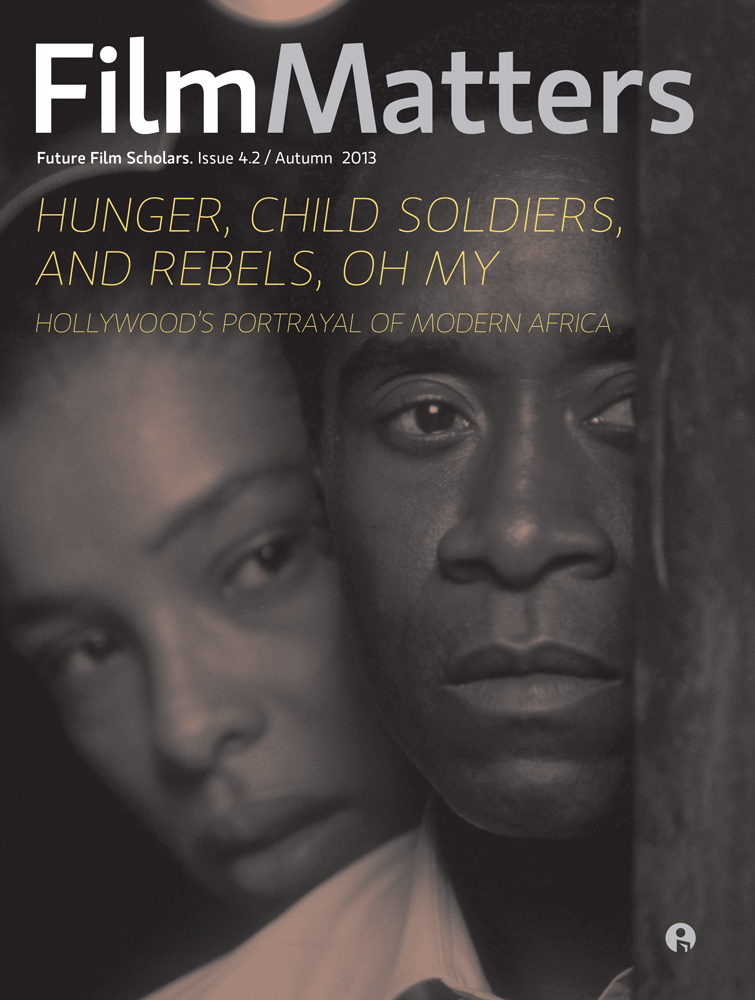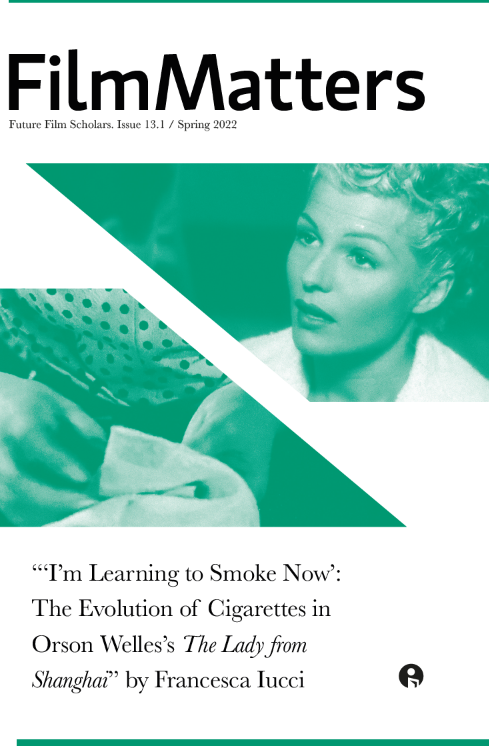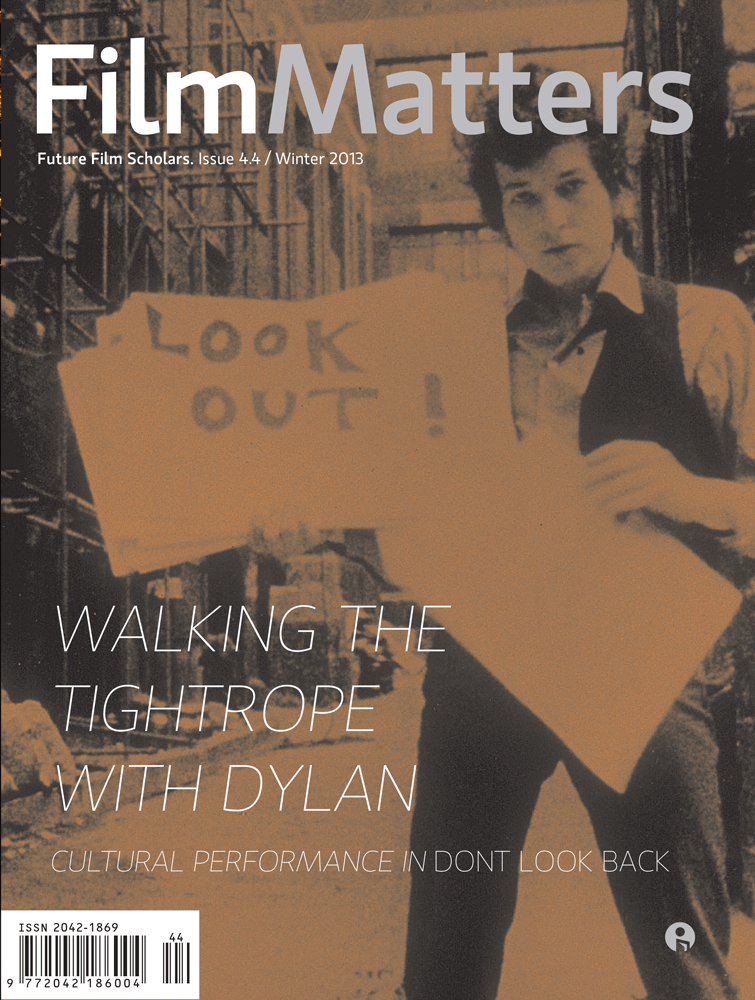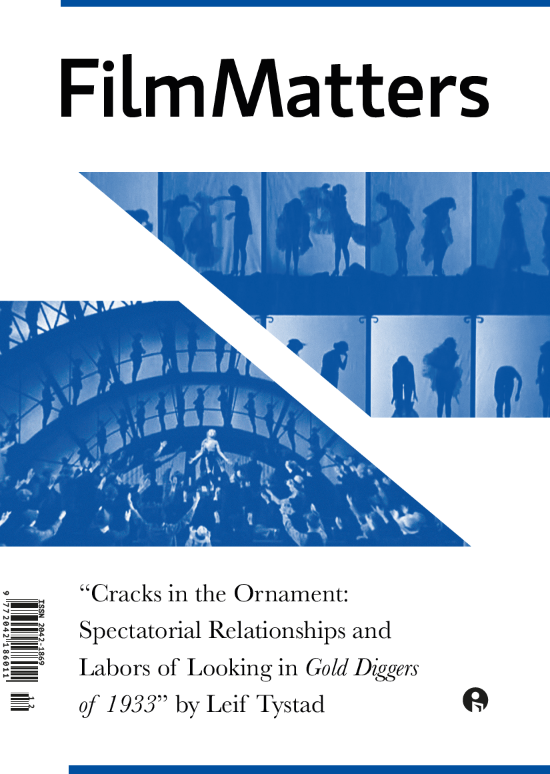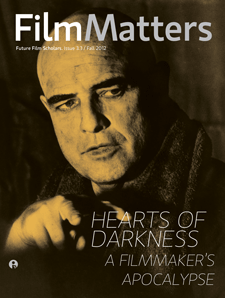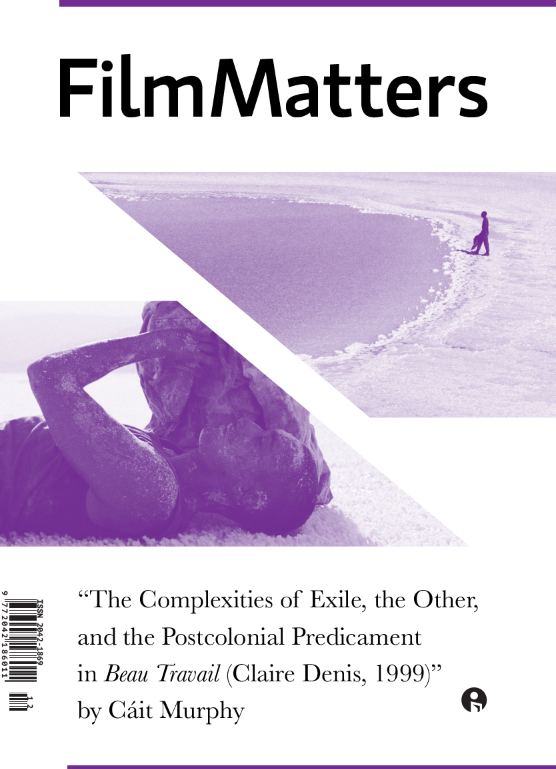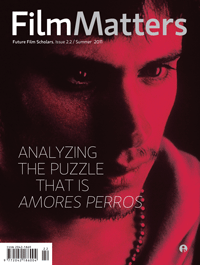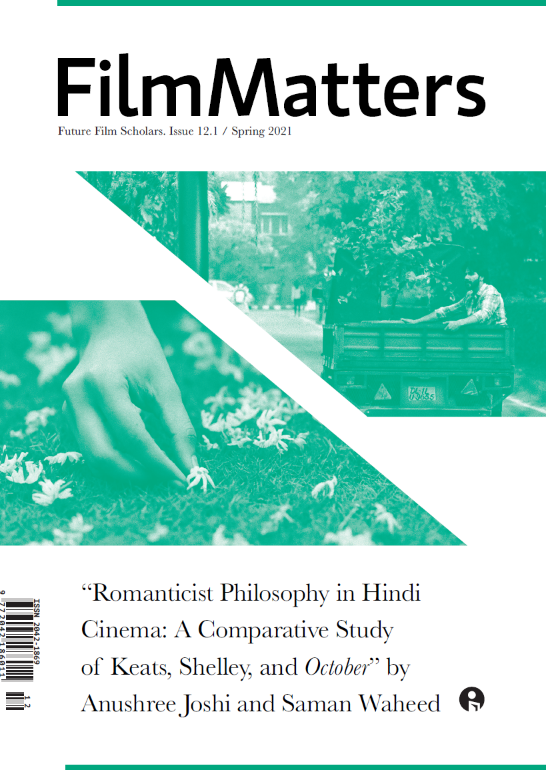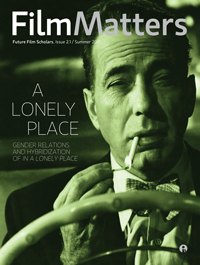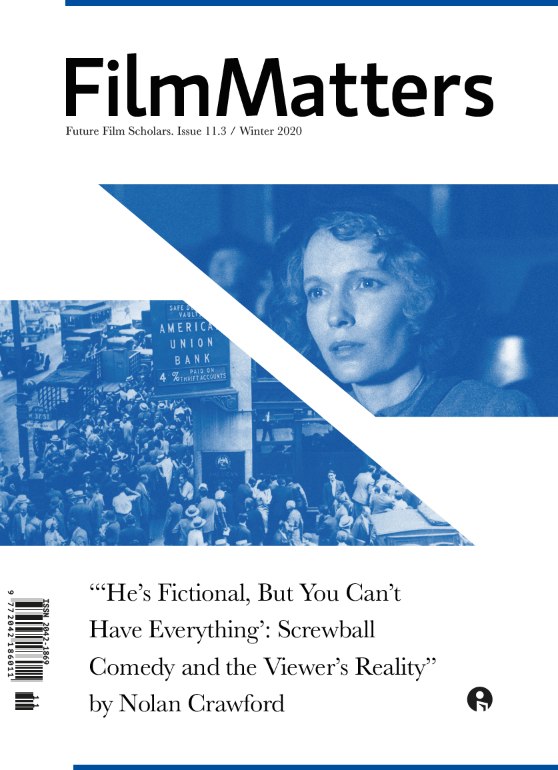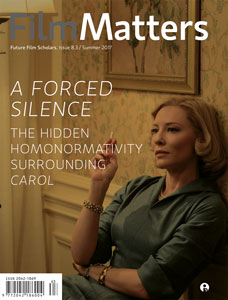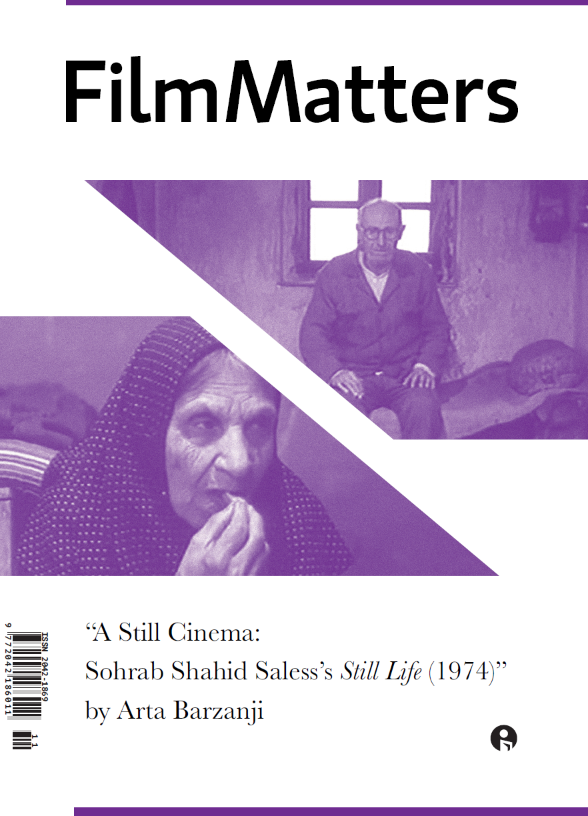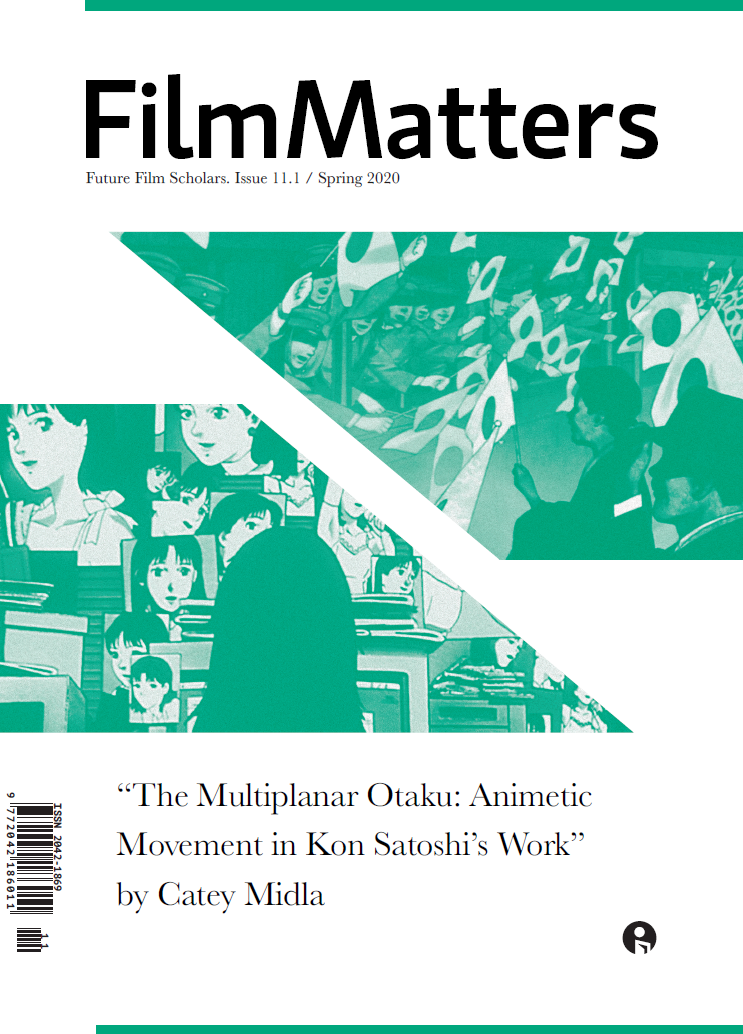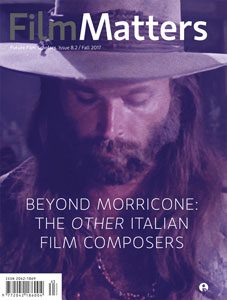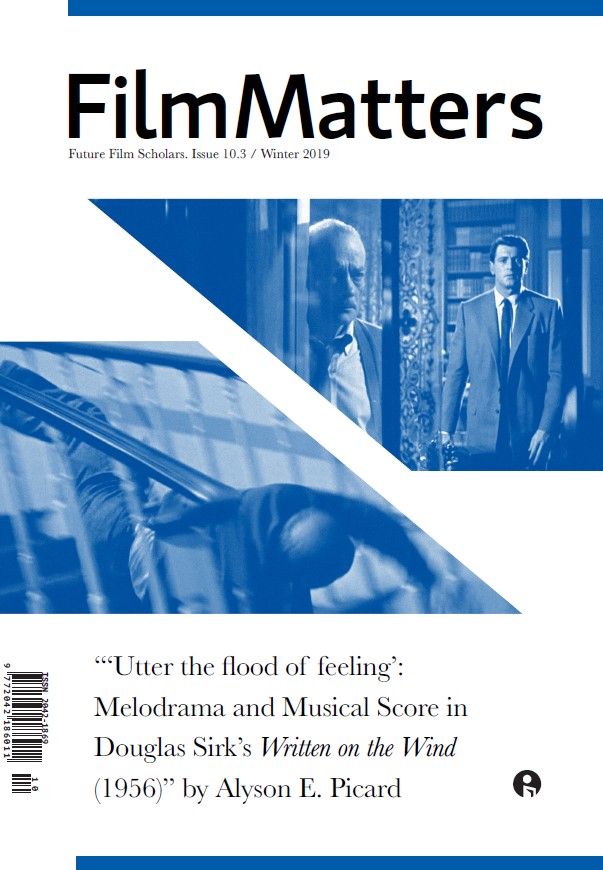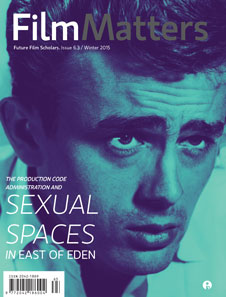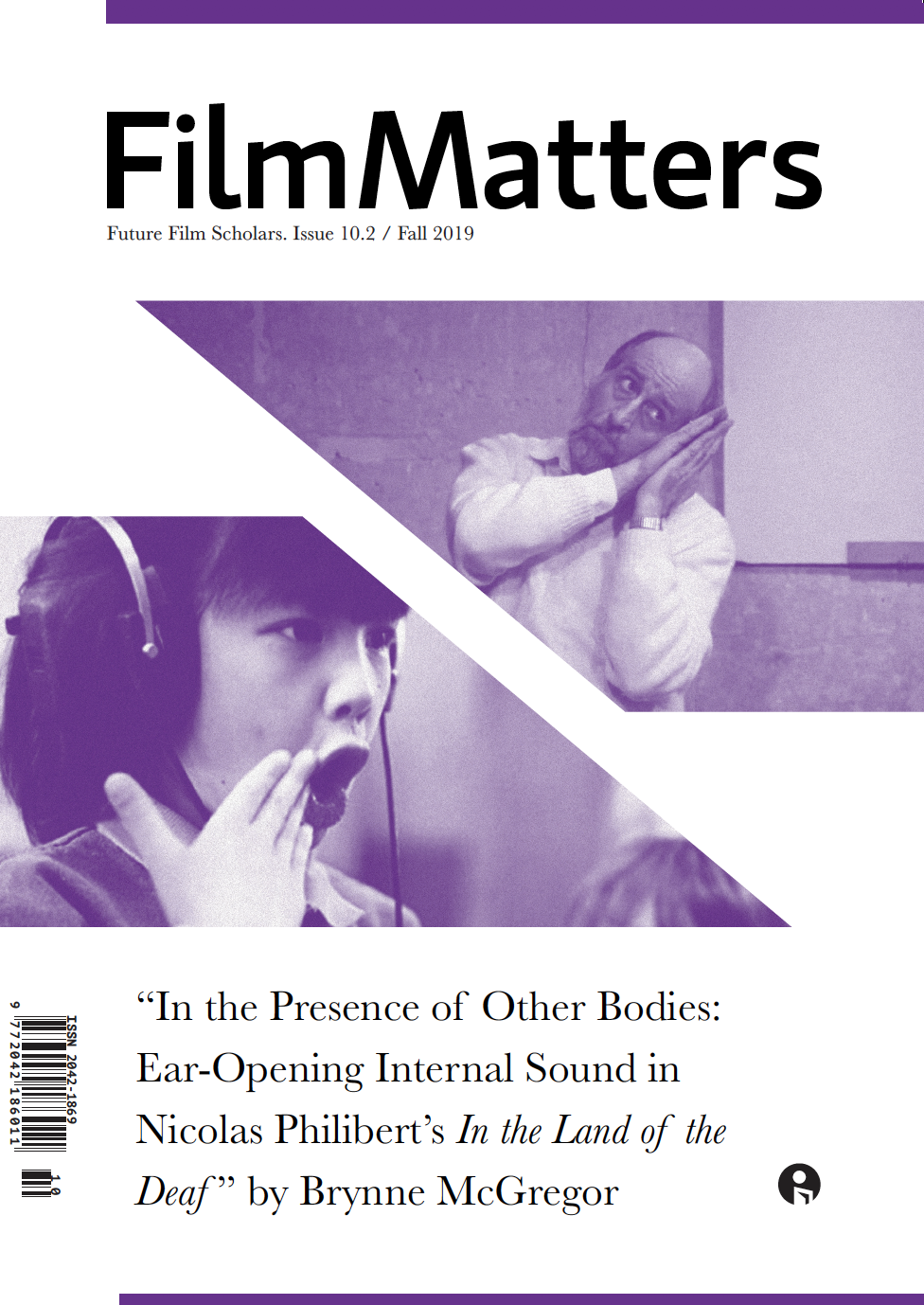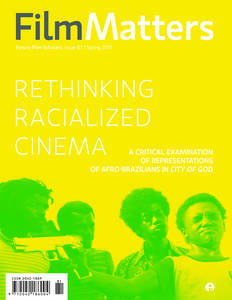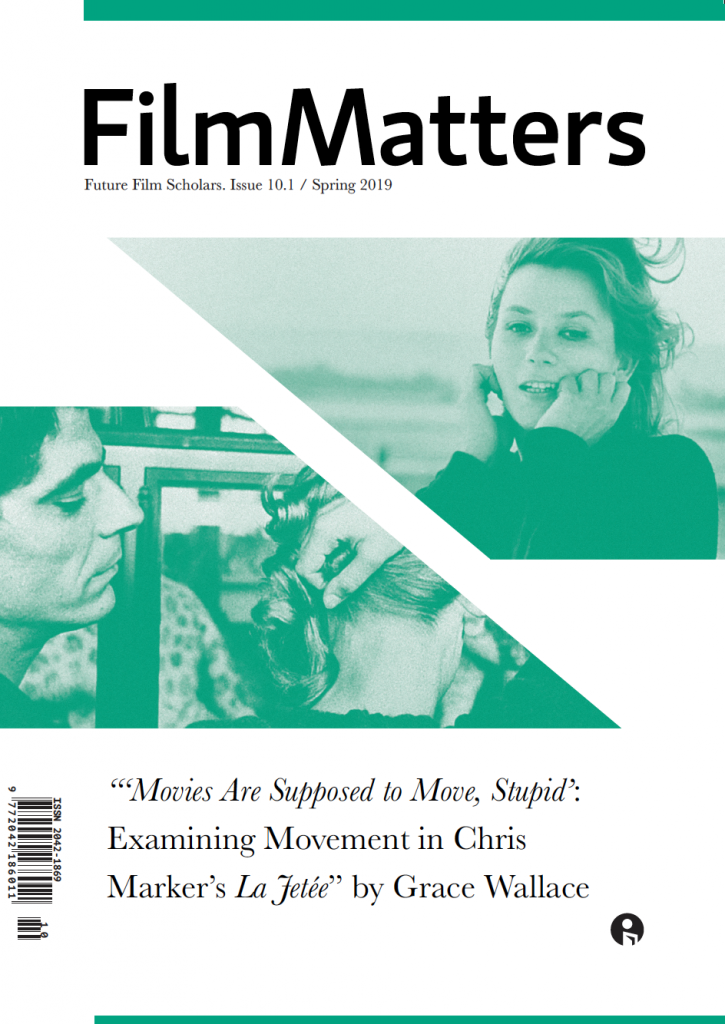Please join Film Matters in congratulating the winner of the fifth annual Masoud Yazdani Award, Katelyn Terry, for her FM 9.2 (2018) article, “Contorted Bodies: Women’s Representation in Japanese Horror Films.” Katelyn recently graduated from Keene State College, earning a degree in Film Production and Critical Studies. In an interview about her article, Katelyn acknowledged the support of her faculty mentor in crafting her Film Matters article: “My faculty mentor, Jiwon Ahn, truly pushed me through the process of this paper, asking me to look further and to never stop developing my own opinions and voice as a film scholar. With each draft I presented, she urged me to go deeper, whether it was to look into more scholarship or to watch more films. This idea of an expansion of my work and research allowed me to focus on what it was I really wanted to prove in my paper and forced me to stand out as my own film scholar.” This year’s judges were unanimously enthusiastic in their praise of Katelyn’s article. In recognition of her achievement, Katelyn will be receiving David Thomson’s The New Biographical Dictionary of Film (sixth edition).
We at Film Matters couldn’t
recognize our authors with this award if not for the tireless effort of our
judges each year. Many thanks, again, to:
Charlie
Michael received
his doctorate from the University of Wisconsin-Madison and currently teaches at
Emory University in Atlanta. In general, his work focuses on popular film and
media industries with a particular focus on French and Francophone cinema. His
first monograph, French
Blockbusters: Cultural Politics of a Transnational Cinema, was published by Edinburgh
University Press in 2019; he co-edited a book with Tim Palmer, Directory
of World Cinema: France (Intellect, 2013).
Alison
Taylor teaches
film studies and ethics at Bond University in Queensland, Australia. Her film
course, “Sex, Love and the Movies,” focuses on gender representation,
sexuality, and censorship across significant moments in film history.
Research-wise, she’s interested in European art cinema, particularly the
intersection between representations of extreme violence within otherwise
ordinary, everyday settings and narratives. Her first monograph, Troubled
Everyday: The Aesthetics of Violence and the Everyday in European Art Cinema, was published by Edinburgh
University Press in 2017. Currently, she is writing about the performance
style and career of French legend, Isabelle Huppert.
Tom
Ue researches
and teaches courses on nineteenth-century British literature, intellectual
history, and cultural studies at Dalhousie University. He is the author
of Gissing, Shakespeare, and the
Life of Writing (Edinburgh University Press) and George Gissing (Liverpool
University Press) and the editor of George
Gissing, The Private Papers of Henry Ryecroft (Edinburgh
University Press). Ue has held the prestigious Frederick Banting Postdoctoral
Fellowship and he is an Honorary Research Associate at University College
London.
Michael
Benton,
Humanities Professor at Bluegrass Community & Technical College,
specializes in film studies, documentary, and peace and conflict studies and
hosts the Bluegrass Film Society.
And a special thank you to Kelli Fuery and her students at Chapman University, who guest edited the themed issue on neglected cinemas and post-global politics that Katelyn’s article appeared in.
Each
year, Film Matters honors
Masoud Yazdani, founding chairman of Intellect and all-around visionary who is
very much missed, by recognizing an emerging undergraduate film scholar who has
published a peer-reviewed article in Film
Matters the previous volume year. The winning author,
selected by three individual academics based at institutions of higher
education worldwide, receives a book from the field of film studies, in
recognition of his/her achievement.
We will be
announcing the 2020 award process just as soon as issue 10.3 (2019) is
published. Please watch this space for more information about that, including a
call for judges.




